The automotive aftermarket market in Germany is characterized by a dynamic competitive landscape, driven by technological advancements, evolving consumer preferences, and regulatory changes. Key players such as Bosch (DE), Denso (JP), and ZF Friedrichshafen (DE) are at the forefront, each adopting distinct strategies to enhance their market positioning. Bosch (DE) focuses on innovation and digital transformation, investing heavily in connected vehicle technologies and smart mobility solutions. Denso (JP), on the other hand, emphasizes sustainability, integrating eco-friendly practices into its operations, which aligns with the growing demand for greener automotive solutions. ZF Friedrichshafen (DE) is actively pursuing strategic partnerships to bolster its product offerings, particularly in the realm of electric vehicle components, thereby enhancing its competitive edge in a rapidly changing market.
The business tactics employed by these companies reflect a concerted effort to optimize supply chains and localize manufacturing. The market structure appears moderately fragmented, with a mix of established players and emerging companies vying for market share. This fragmentation allows for diverse offerings, yet the collective influence of major players like Bosch (DE) and Denso (JP) shapes the competitive dynamics significantly, as they set benchmarks for innovation and operational efficiency.
In October 2025, Bosch (DE) announced a strategic partnership with a leading software firm to develop advanced diagnostic tools for electric vehicles. This move is likely to enhance Bosch's service capabilities, positioning it as a leader in the burgeoning EV aftermarket segment. The integration of sophisticated software solutions into traditional automotive services may redefine customer engagement and service delivery in the aftermarket.
In September 2025, Denso (JP) unveiled a new line of eco-friendly components aimed at reducing emissions in conventional vehicles. This initiative not only underscores Denso's commitment to sustainability but also responds to increasing regulatory pressures for lower emissions. By aligning product development with environmental standards, Denso (JP) strengthens its market position while appealing to environmentally conscious consumers.
In August 2025, ZF Friedrichshafen (DE) expanded its collaboration with a prominent electric vehicle manufacturer to co-develop next-generation battery systems. This strategic action is indicative of ZF's proactive approach to securing a foothold in the electric vehicle market, which is expected to grow exponentially in the coming years. By investing in battery technology, ZF positions itself as a critical player in the supply chain for electric vehicles, potentially enhancing its revenue streams.
As of November 2025, the automotive aftermarket market is increasingly influenced by trends such as digitalization, sustainability, and the integration of artificial intelligence. Strategic alliances among key players are shaping the competitive landscape, fostering innovation and enhancing operational efficiencies. The shift from price-based competition to a focus on technological advancement and supply chain reliability is evident. Companies that prioritize innovation and sustainability are likely to differentiate themselves in this evolving market, suggesting a future where competitive advantage hinges on adaptability and forward-thinking strategies.


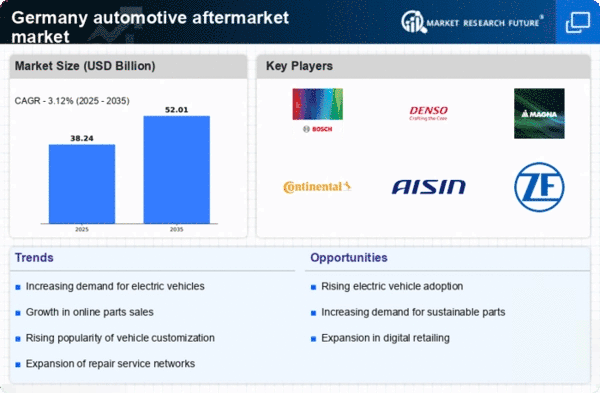
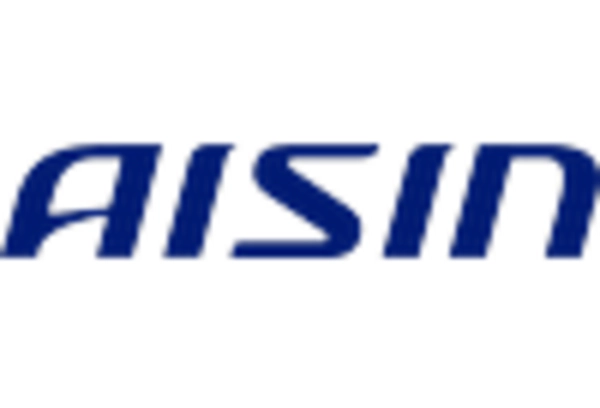
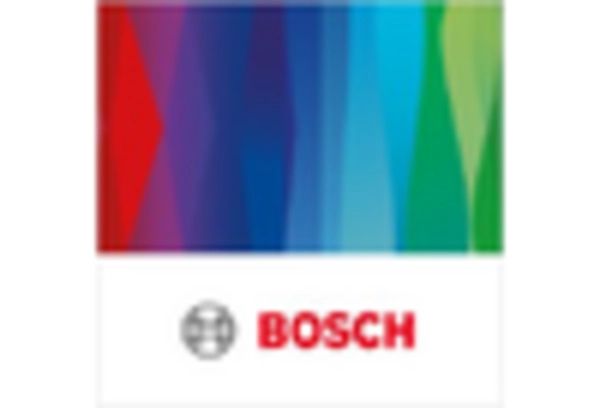
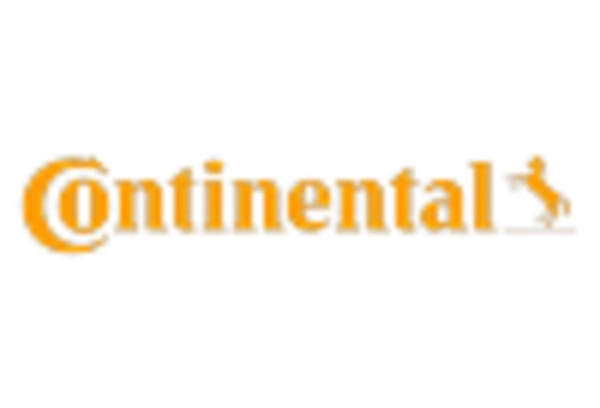
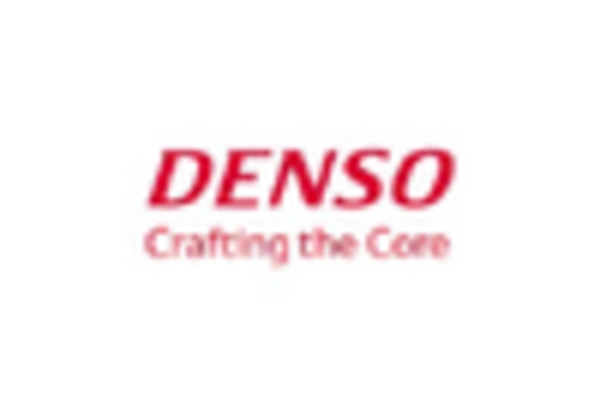
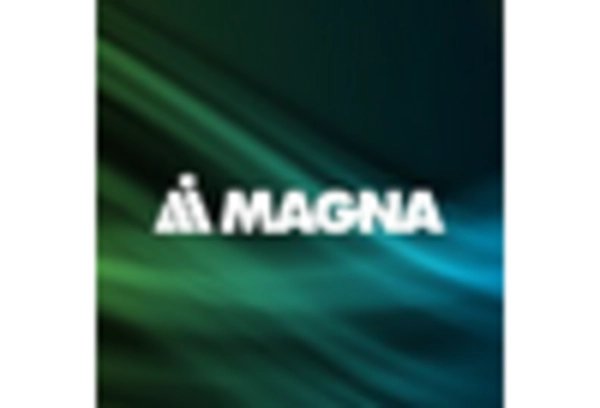
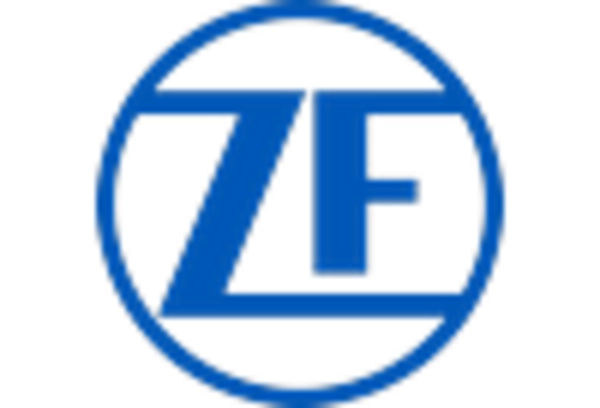








Leave a Comment